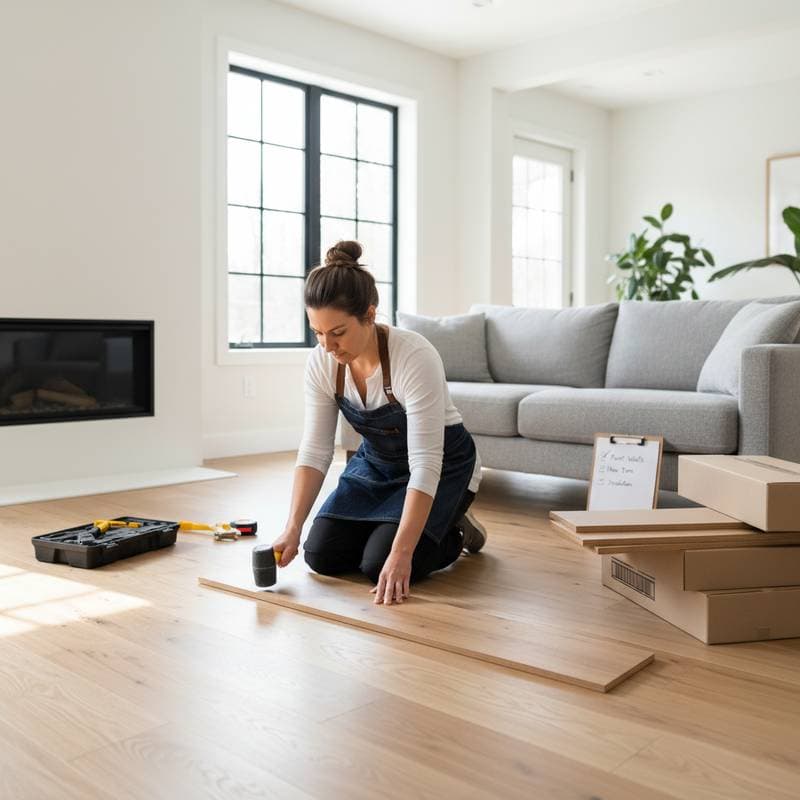Mold-Resistant Drywall: Essential Protection Against 2025 Humidity Challenges
Home renovation expenses in the United States continue to climb, influenced by more than inflation. Tariffs on imported gypsum and paper materials elevate the price of standard drywall. For those who have confronted mold infiltration in bathrooms and basements, this market change highlights a key advantage: greater adoption of mold-resistant drywall, which delivers substantial long-term benefits, particularly in regions prone to high humidity.
A basement renovation that required mold removal after only six months underscored the importance of effective moisture management. Mold-resistant drywall involves a higher upfront investment, yet it offsets expenses rapidly when compared to the labor and disruption of full wall replacements due to mold outbreaks. Homeowners undertaking projects in 2025 should address humidity proactively, integrating this material to avoid future complications.
The Growing Need for Mold-Resistant Drywall
Standard drywall consists of a gypsum core encased in paper facing. When moisture from condensation or minor leaks penetrates the paper, it creates an ideal environment for mold spores to thrive. Shifting climate patterns and erratic weather expose homes nationwide to elevated risks, transforming even controlled spaces like bathrooms and laundry areas into potential mold hotspots.
Mold-resistant drywall counters these issues through innovative design. It features a fiberglass mat or moisture-repellent treated paper instead of standard paper, paired with a gypsum core infused with antimicrobial agents to suppress mold development. These enhancements increase panel longevity and contribute to healthier indoor environments by minimizing airborne contaminants.
Professionals who specialize in moisture-prone installations affirm that this drywall exceeds basic expectations. It excels in high-risk zones when paired with adequate ventilation, sealing techniques, and humidity monitoring, providing reliable defense against hidden water threats.
Evaluating Installation Options: DIY Versus Professional Services
Hanging drywall independently proves feasible for modest projects if basic skills and equipment are available. However, mold-resistant variants introduce specific challenges that often justify expert involvement to ensure optimal performance.
Consider DIY installation for scenarios such as:
- Small areas, including laundry closets or powder rooms.
- Projects where prior drywall experience exists, along with appropriate lifting tools.
- Situations allowing precise control over installation-site humidity levels.
Opt for professional services in cases like:
- Extensive coverage, such as full rooms or ceiling applications.
- Remediations involving prior mold issues that demand thorough cleanup.
- Installations requiring additional elements, including vapor barriers or advanced ventilation systems.
Improper techniques undermine the material's advantages. For instance, unsealed seams or overly deep screw placements allow moisture pathways. Experienced contractors apply specialized, moisture-resistant joint compounds and primers to create a seamless, protective finish.
In a basement project addressing chronic water damage, collaboration with a team experienced in such repairs proved transformative. They incorporated a comprehensive vapor barrier and suggested a dedicated dehumidifier, eliminating persistent mold cycles that had plagued the area for years.
Selecting the Appropriate Mold-Resistant Drywall Variety
Various mold-resistant drywall options cater to specific home applications, balancing resistance, durability, and ease of use:
- Green Board: Offers basic moisture resistance suitable for intermittent exposure. It performs adequately in half bathrooms or utility spaces but requires supplementary protection in wetter conditions.
- Purple Board: Provides enhanced resistance to both moisture and mold, with superior strength for demanding environments. This choice suits kitchens and laundry rooms effectively.
- Cement Board: Delivers exceptional toughness and weight, making it perfect for backer applications behind tiles in showers or basements.
- Fiberglass-Faced Drywall: Achieves the highest level of mold resistance and durability, ideal for long-term reliability, although it demands more effort to cut and carries a premium price.
A bathroom upgrade benefited from a hybrid approach: purple board for visible walls and cement board for shower surrounds. This strategy ensured robust protection while maintaining cost efficiency, reducing overall expenses by approximately $200 relative to full fiberglass implementation.
Calculating Return on Investment and Sustained Benefits
Upgrading to mold-resistant drywall yields tangible improvements in livability and finances. Material costs rise by 10 to 20 percent, but the investment prolongs surface lifespan by decades and curtails recurring maintenance needs. Remodeling analyses indicate that properties featuring protected moisture zones in basements and bathrooms achieve sales 3 to 5 percent quicker, often commanding elevated prices.
Additional gains include modest energy savings from reduced air infiltration through stable, sealed walls. This results in decreased drafts during cold seasons and lower humidity buildup in warmer months. Across a decade, typical savings range from $2,000 to $5,000, accounting for prevented remediation, repainting, and related disruptions.
Implementing Protective Measures in Your Renovation
Begin by assessing rooms susceptible to ongoing moisture, such as bathrooms, basements, laundry areas, and kitchens. These locations warrant priority for mold-resistant drywall integration. Secure estimates from at least three contractors with proven expertise in these installations, requesting client references and verification of their use of compatible, moisture-resistant finishing products.
During planning, evaluate local humidity averages and consult building codes for ventilation requirements. Test for existing moisture issues with simple tools like hygrometers before proceeding. Post-installation, maintain low humidity through regular dehumidifier use and prompt leak repairs to maximize the material's effectiveness.
Sustaining a Mold-Free Home Environment
Adopting mold-resistant drywall fortifies homes against 2025's environmental pressures, ensuring enduring structural integrity and resident well-being. This strategic choice transforms renovations from routine updates into resilient investments. Homeowners who prioritize these protections enjoy reduced stress, lower costs, and enhanced property appeal for years ahead.

